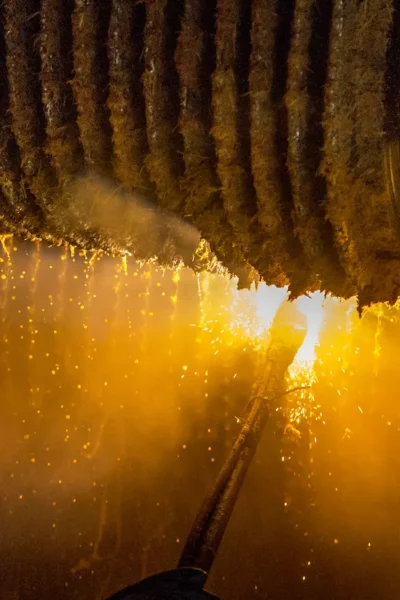As the sector seeks to enhance the competitiveness of the sugar industry and meet the conditions set by COMESA, the country has been preparing to transit from the weight-based to Quality-Based Cane Payment system.
Quality-Based Cane Payment System (QBCPS) is a payment system in the sugarcane industry where farmers are paid based on the quality of sugarcane they deliver to the sugar mill. This system encourages farmers to produce better-quality sugarcane, which ultimately benefits both the farmers and the sugar mill.
In the traditional cane payment system, farmers are paid based on the weight of the sugarcane they deliver to the mill. However, this system does not take into account the quality of sugarcane, which can vary significantly based on factors such as soil type, weather conditions, and farming practices. As a result, farmers may be incentivized to produce large quantities of low-quality sugarcane, which can lead to lower sugar recovery rates and lower profits for the mill.
In contrast, QBCPS incentivizes farmers to produce better quality sugarcane by paying them a higher price per tonne of sugarcane-based on the sugar content and purity of their cane. The sugar content and purity are measured using a method called the Pol or Pol% (polarization percentage) test, which measures the amount of sugar in the cane juice. Farmers who deliver sugarcane with higher Pol% receive a higher price per tonne, while those who deliver lower quality cane receive a lower price.
